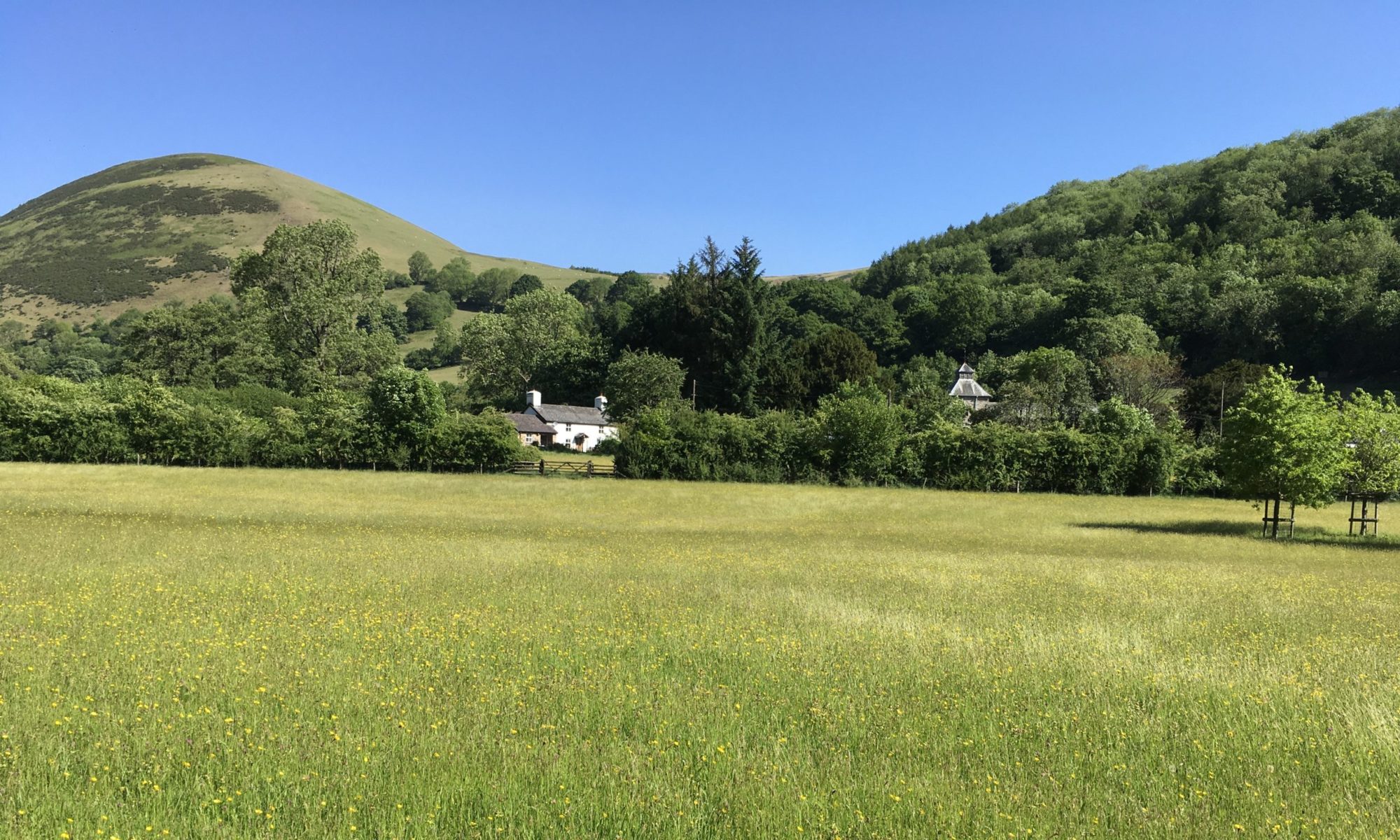“They were terrified.” Peter, James and John in today’s Gospel Mark 9:2-9.
“God places us in the world as his fellow workers-agents of transfiguration. We work with God so that injustice is transfigured into justice, so there will be more compassion and caring, that there will be more laughter and joy, that there will be more togetherness in God’s world.” Desmond Tutu.
Although the Transfiguration is marked on August 6th, the same date as the explosion of light caused by the dropping of the atomic bomb on Hiroshima, today is Transfiguration Sunday as well as Quinquegessima or the Sunday before Lent. During that mountain top experience, Peter, James and John were at first terrified and then astounded by the unexpected intensity of light as Jesus was transfigured before them. By contrast, those witnessing the deadly light at Hiroshima found that it had fearful consequences for the many who were vaporised or disfigured by what had happened. The source of the light was key – Jesus was seen in his full glory but Hiroshima revealed the full devastation of what happened, although it lead to the surrender of Japan. The use of nuclear weapons marked a very different kind of transfiguration through disfiguration: ‘In one split second, the face of war changed completely.’ Imperial War Museum.
Both before and after the Transfiguration, Jesus talks about suffering, death and resurrection, hence its link with Lent which begins on Ash Wednesday this week. Earlier, he had told his disciples that not all of them would taste death, “…until they see that the kingdom of God has come with power.” Mark 9:1. That happened just six days later for Peter, James and John who were the only ones who witnessed this – such dazzling spiritual experiences are not for all.
During this experience, Jesus appears with Moses and Elijah who traditionally represent the Law and the Prophets. However, both men had mountain top experiences and Moses was a prophet as well as a law giver with the Ten Commandments. His face had to be covered by a veil after his encounter on Mount Sinai because it was too bright to bear for those around him but Moses reflected God’s light whereas Jesus IS the light. Touchingly, in verse 3 Mark describes Jesus’ clothing as being, ‘dazzling white, such as no one on earth could bleach them’ – perhaps the sharing of a reminiscence of what had happened?
As Lent begins on Ash Wednesday this week, it’s a good time to consider the figures around or in the news who influence life today as well as those who transfigure or disfigure what unfolds. Even in the midst of the disfiguration suffered by air crew who were terribly burned during the war, the work of the surgeon Archibald McIndoe on members of the Guinea Pig Club in rebuilding bodies and souls led to the development of much of the plastic and cosmetic surgery that is available today. In the challenges being faced now, Desmond Tutu’s words still call us to engage with the hope of transfiguration as we consider the example of Jesus who, in the wilderness, overcame temptation and engaged with injustice and compassion. As we follow in his footsteps, will we see things in a new light?
With my prayers; pob bendith,
Christine, Guardian.

